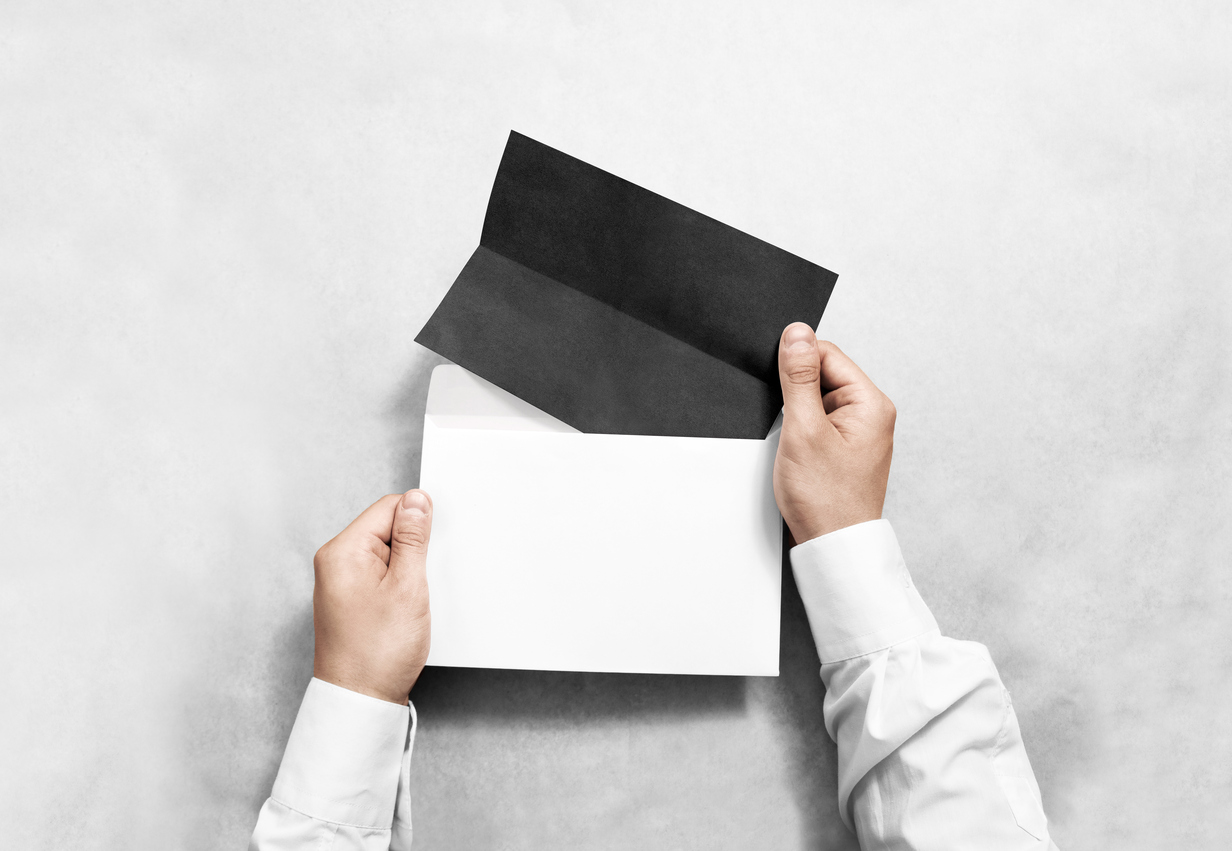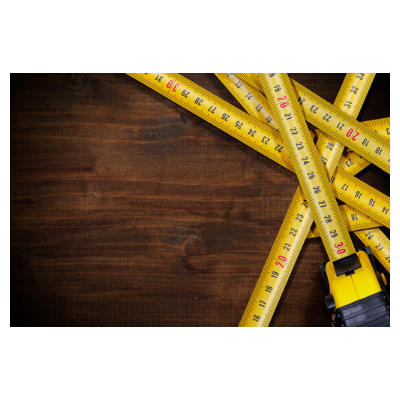“Envelope Basics: The Grand Opening” is part of an occasional series titled “Envelope Basics” that provides an in-depth look at all-things envelopes – elements, measurements, ordering tips and more*.
Whether you’re a mailing industry newcomer or a seasoned pro, if you work with envelopes you need the basics. A main element in the construction of your mailpiece – the envelope opening – renders how the envelopes will be used or inserted.
Make your opening (rate) grand by starting with the basics: choosing the right envelope opening*.
Open End Envelopes vs. Open Side Envelopes
Envelopes are classified into two main categories based on how they open: open end or open side.
Learn more about open end envelopes and open side envelopes below.
Open End Envelopes

What Are Open End Envelopes?
Open end envelopes have openings on the shorter dimension and also come in small (e.g. coin envelopes) and large versions (e.g. catalog envelopes).
Open end envelopes are large and in charge. If hand insertion is a viable option for your mailing, large, open end “catalog” envelopes may suit your needs. Catalog envelopes, commonly made in sizes 6″ x 9”, 9″ x 12” and 10″ x 13”, are often used for policy mailers and/or insurance information that is not meant to be folded and automatic insertion is not an option. These large-format envelopes stand out when compared to smaller envelopes in the mailbox and can pique interest in the hands of your recipients.
Open Side Envelopes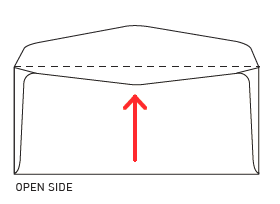
What Are Open Side Envelopes?
Open side envelopes have openings on the longer dimension (e.g. business envelopes), and come in small and large versions (e.g. booklets).
Open side envelopes are an inserter’s best friend. The majority of inserting equipment works with open side envelopes. What goes inside the envelope dictates whether your mailing needs a small or large open side envelope. For example:
- If your direct mail insert calls for a z-fold (a type of fold that features one score on the upper 1/3 of an 8 ½” x 11” sheet and another score on the lower 1/3 and makes a “z” shape when folded), a smaller, open side such as a #10 envelope is ideal.
- If you’re working with an 8 ½” x 11” insert and a single ½ fold in the middle of the sheet will do, a large 6″ x 9″ or 6″ x 9 1/2″ open side booklet envelope could be your best bet (and leaves ½” clearance space on all sides of your folded insert).
- If you’re mailing a policy that cannot be folded and will be processed on insertion equipment, a 9″ x 12″ open side booklet envelope is a good option.
Download Our Guide 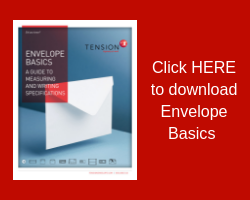
Envelope Basics is a complete guide that details everything you need to select, measure and order the right envelope for your mail campaign.
Whether you’re a seasoned mailer or new to the mail industry, Envelope Basics includes helpful tips for your business or organization. Download your copy of Envelope Basics here.
Where Do I Go From Here?
Which envelope style is right for your campaign? Tension has one of the most tenured sales teams in the industry, backed by decades of research and design optimization, and can offer expert consultation based on your strategy, design and cost considerations.
Mail with confidence: Contact us today to find out which envelope style is ideal for your next campaign.
*This blog is intended for informational purposes only. Exact envelope and/or inserter specifications should be discussed in detail with your Sales representative.

